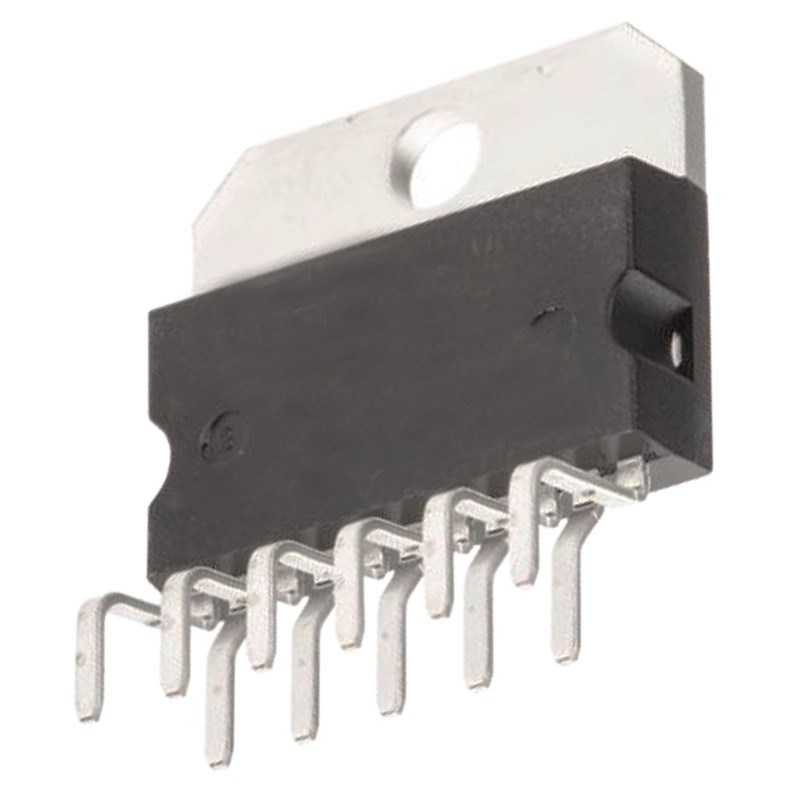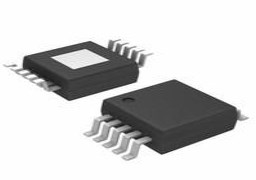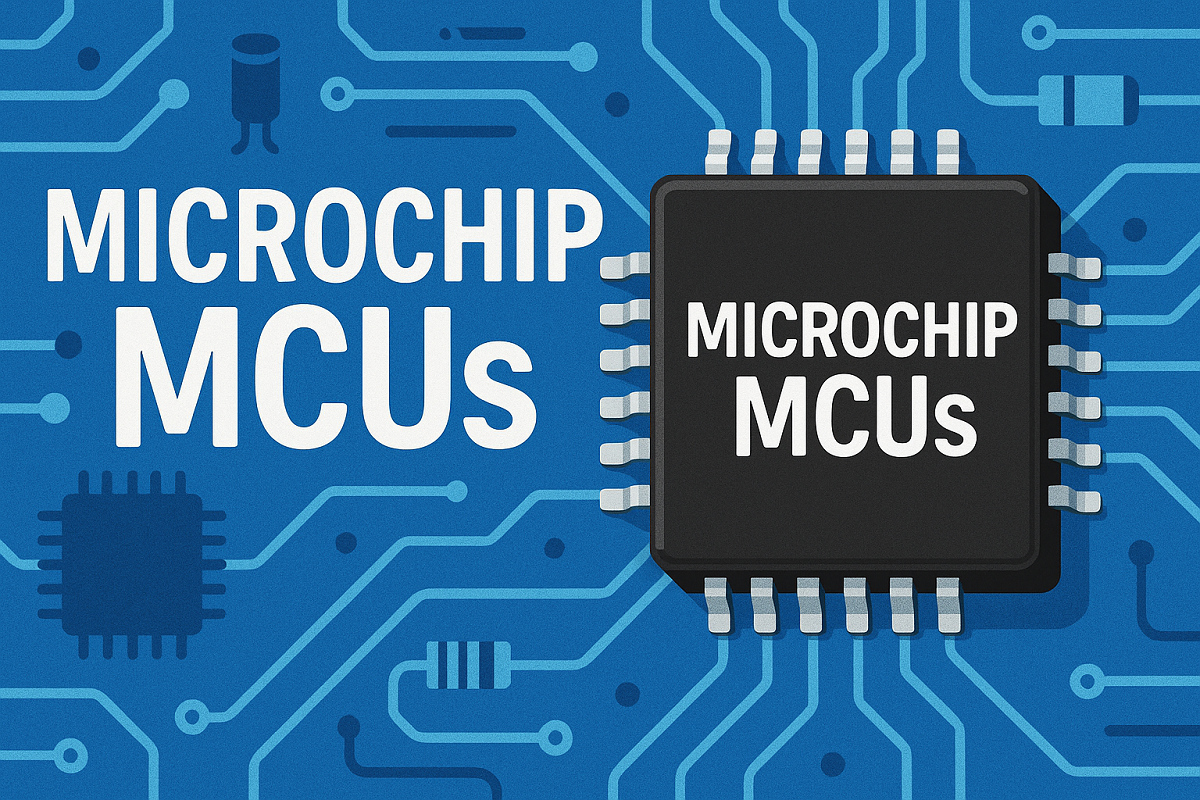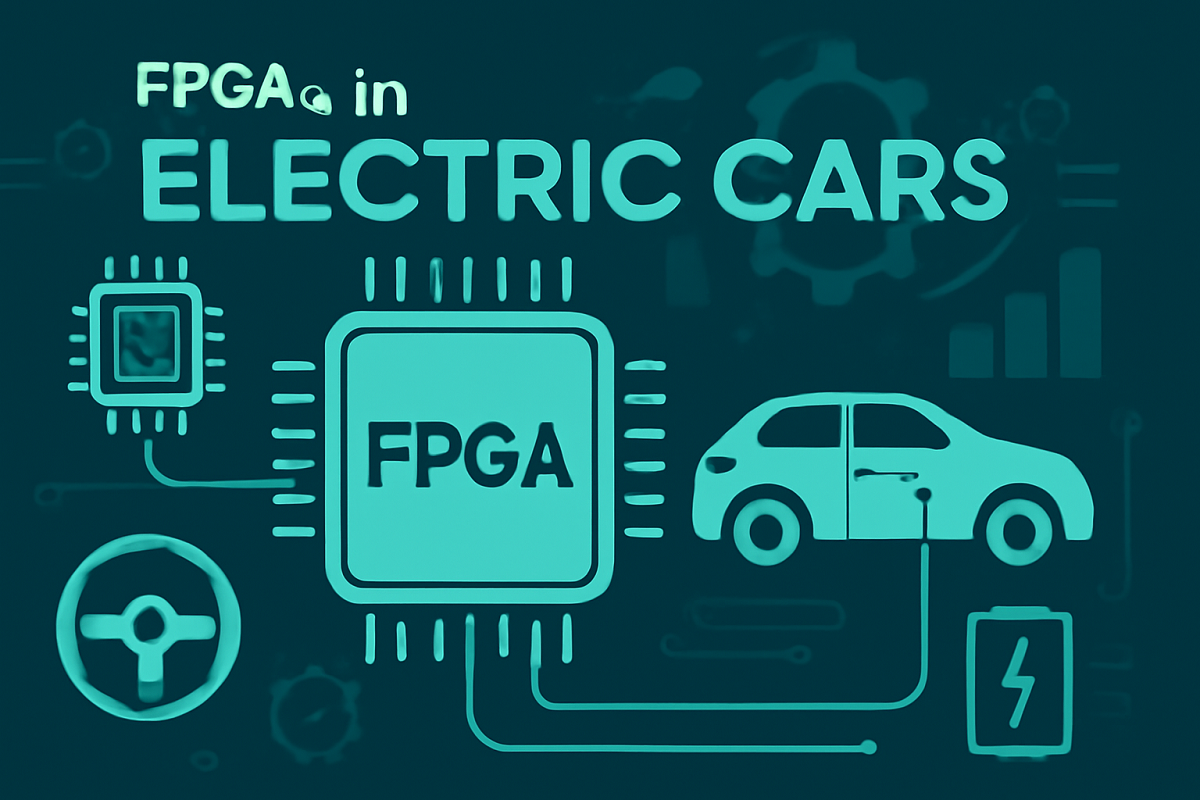A Comprehensive Guide to LTC699IS8#TRPBF - Simple Reset/Power-On Reset Supervisor
5V 8 Terminals 8-Pin LTC699 Voltage supervisor 1 Channels
This article provides an in-depth analysis of the LTC699IS8#TRPBF, a Simple Reset/Power-On Reset Supervisor from Linear Technology/Analog Devices. It covers the product description, features, applications, reference designs, alternative parts, and FAQs related to this component. Whether you are a professional electronic engineer or someone interested in understanding the functionalities of a reset supervisor, this guide will offer valuable insights into the LTC699IS8#TRPBF.
Product Introduction
Description:
The LTC699IS8#TRPBF is a Simple Reset/Power-On Reset Supervisor designed by Linear Technology/Analog Devices. It is a crucial component in electronic systems that ensures proper initialization and reliable operation by monitoring the supply voltage and generating a reset signal when necessary. With a supply voltage range of 3V to 5.5V and an operating temperature range of -40°C to 85°C, this supervisor is suitable for a wide range of applications.
Features:
- Open Drain or Open Collector Output
- Active Low Reset
- Adjustable Threshold: No
- Number of Voltages Monitored: 1
- Reset Timeout: 140ms Minimum
- Small 8-SOIC package with Gull Wing terminals for easy surface-mount assembly
- RoHS3 compliant for environmental sustainability
Applications:
Primary Applications:
1. Microcontroller Systems: Ensures reliable start-up and operation of microcontroller-based systems.
2. Power Management: Monitors power supply voltages to prevent erratic behavior or damage to sensitive components.
3. Industrial Automation: Provides a stable reset signal for industrial control systems to maintain operational integrity.
Secondary Applications:
1. Automotive Electronics: Used in automotive ECUs and control modules for safe and reliable operation.
2. Consumer Electronics: Integrated into consumer devices to prevent malfunctions due to power fluctuations.
3. Medical Devices: Ensures the safe operation of critical medical equipment by monitoring power supply voltages.
Applicable Specific Modules:
- Microcontroller Reset Circuit: Integrating the LTC699IS8#TRPBF into a microcontroller reset circuit to ensure a controlled start-up sequence.
- Power Supply Monitoring: Utilizing the supervisor for monitoring power supply voltages in various electronic systems.
Reference Designs:
1. Microcontroller Reset Circuit: A reference design showcasing the integration of the LTC699IS8#TRPBF in a microcontroller reset circuit for reliable system initialization.
2. Power Management Module: A reference design demonstrating the use of the supervisor in a power management module for efficient voltage monitoring.
Alternative Parts:
For applications requiring different specifications or features, alternative parts to the LTC699IS8#TRPBF include:
1. LTC7000: Adjustable threshold reset supervisor with additional features for customized applications.
2. MAX16050: Single voltage monitor with adjustable reset timeout for flexible system configurations.
FAQs:
Q1: Can the LTC699IS8#TRPBF monitor multiple voltage rails?
A1: No, this supervisor is designed to monitor a single voltage rail.
Q2: Is the reset signal active high or active low?
A2: The reset signal generated by the LTC699IS8#TRPBF is active low.
Q3: Can the reset timeout be adjusted in this supervisor?
A3: No, the reset timeout in the LTC699IS8#TRPBF is fixed at a minimum of 140ms.
In conclusion, the LTC699IS8#TRPBF is a reliable and efficient Simple Reset/Power-On Reset Supervisor that plays a crucial role in ensuring the stable operation of electronic systems. Its features, applications, reference designs, alternative parts, and FAQs covered in this guide offer valuable insights for engineers and enthusiasts looking to understand and utilize this component effectively.
Specifications
- TypeParameter
- Factory Lead Time16 Weeks
- Mounting Type
The "Mounting Type" in electronic components refers to the method used to attach or connect a component to a circuit board or other substrate, such as through-hole, surface-mount, or panel mount.
Surface Mount - Package / Case
refers to the protective housing that encases an electronic component, providing mechanical support, electrical connections, and thermal management.
8-SOIC (0.154, 3.90mm Width) - Surface Mount
having leads that are designed to be soldered on the side of a circuit board that the body of the component is mounted on.
YES - Operating Temperature
The operating temperature is the range of ambient temperature within which a power supply, or any other electrical equipment, operate in. This ranges from a minimum operating temperature, to a peak or maximum operating temperature, outside which, the power supply may fail.
-40°C~85°C TA - Packaging
Semiconductor package is a carrier / shell used to contain and cover one or more semiconductor components or integrated circuits. The material of the shell can be metal, plastic, glass or ceramic.
Tape & Reel (TR) - Published1996
- JESD-609 Code
The "JESD-609 Code" in electronic components refers to a standardized marking code that indicates the lead-free solder composition and finish of electronic components for compliance with environmental regulations.
e3 - Part Status
Parts can have many statuses as they progress through the configuration, analysis, review, and approval stages.
Active - Moisture Sensitivity Level (MSL)
Moisture Sensitivity Level (MSL) is a standardized rating that indicates the susceptibility of electronic components, particularly semiconductors, to moisture-induced damage during storage and the soldering process, defining the allowable exposure time to ambient conditions before they require special handling or baking to prevent failures
1 (Unlimited) - Number of Terminations8
- ECCN Code
An ECCN (Export Control Classification Number) is an alphanumeric code used by the U.S. Bureau of Industry and Security to identify and categorize electronic components and other dual-use items that may require an export license based on their technical characteristics and potential for military use.
EAR99 - TypeSimple Reset/Power-On Reset
- Terminal Finish
Terminal Finish refers to the surface treatment applied to the terminals or leads of electronic components to enhance their performance and longevity. It can improve solderability, corrosion resistance, and overall reliability of the connection in electronic assemblies. Common finishes include nickel, gold, and tin, each possessing distinct properties suitable for various applications. The choice of terminal finish can significantly impact the durability and effectiveness of electronic devices.
Tin (Sn) - Terminal Position
In electronic components, the term "Terminal Position" refers to the physical location of the connection points on the component where external electrical connections can be made. These connection points, known as terminals, are typically used to attach wires, leads, or other components to the main body of the electronic component. The terminal position is important for ensuring proper connectivity and functionality of the component within a circuit. It is often specified in technical datasheets or component specifications to help designers and engineers understand how to properly integrate the component into their circuit designs.
DUAL - Terminal Form
Occurring at or forming the end of a series, succession, or the like; closing; concluding.
GULL WING - Peak Reflow Temperature (Cel)
Peak Reflow Temperature (Cel) is a parameter that specifies the maximum temperature at which an electronic component can be exposed during the reflow soldering process. Reflow soldering is a common method used to attach electronic components to a circuit board. The Peak Reflow Temperature is crucial because it ensures that the component is not damaged or degraded during the soldering process. Exceeding the specified Peak Reflow Temperature can lead to issues such as component failure, reduced performance, or even permanent damage to the component. It is important for manufacturers and assemblers to adhere to the recommended Peak Reflow Temperature to ensure the reliability and functionality of the electronic components.
260 - Number of Functions1
- Supply Voltage
Supply voltage refers to the electrical potential difference provided to an electronic component or circuit. It is crucial for the proper operation of devices, as it powers their functions and determines performance characteristics. The supply voltage must be within specified limits to ensure reliability and prevent damage to components. Different electronic devices have specific supply voltage requirements, which can vary widely depending on their design and intended application.
5V - Time@Peak Reflow Temperature-Max (s)
Time@Peak Reflow Temperature-Max (s) refers to the maximum duration that an electronic component can be exposed to the peak reflow temperature during the soldering process, which is crucial for ensuring reliable solder joint formation without damaging the component.
30 - Base Part Number
The "Base Part Number" (BPN) in electronic components serves a similar purpose to the "Base Product Number." It refers to the primary identifier for a component that captures the essential characteristics shared by a group of similar components. The BPN provides a fundamental way to reference a family or series of components without specifying all the variations and specific details.
LTC699 - Output
In electronic components, the parameter "Output" typically refers to the signal or data that is produced by the component and sent to another part of the circuit or system. The output can be in the form of voltage, current, frequency, or any other measurable quantity depending on the specific component. The output of a component is often crucial in determining its functionality and how it interacts with other components in the circuit. Understanding the output characteristics of electronic components is essential for designing and troubleshooting electronic circuits effectively.
Open Drain or Open Collector - Pin Count
a count of all of the component leads (or pins)
8 - JESD-30 Code
JESD-30 Code refers to a standardized descriptive designation system established by JEDEC for semiconductor-device packages. This system provides a systematic method for generating designators that convey essential information about the package's physical characteristics, such as size and shape, which aids in component identification and selection. By using JESD-30 codes, manufacturers and engineers can ensure consistency and clarity in the specification of semiconductor packages across various applications and industries.
R-PDSO-G8 - Qualification Status
An indicator of formal certification of qualifications.
Not Qualified - Supply Voltage-Max (Vsup)
The parameter "Supply Voltage-Max (Vsup)" in electronic components refers to the maximum voltage that can be safely applied to the component without causing damage. It is an important specification to consider when designing or using electronic circuits to ensure the component operates within its safe operating limits. Exceeding the maximum supply voltage can lead to overheating, component failure, or even permanent damage. It is crucial to adhere to the specified maximum supply voltage to ensure the reliable and safe operation of the electronic component.
5.5V - Supply Voltage-Min (Vsup)
The parameter "Supply Voltage-Min (Vsup)" in electronic components refers to the minimum voltage level required for the component to operate within its specified performance range. This parameter indicates the lowest voltage that can be safely applied to the component without risking damage or malfunction. It is crucial to ensure that the supply voltage provided to the component meets or exceeds this minimum value to ensure proper functionality and reliability. Failure to adhere to the specified minimum supply voltage may result in erratic behavior, reduced performance, or even permanent damage to the component.
3V - Number of Channels1
- Adjustable Threshold
The "Adjustable Threshold" parameter in electronic components refers to the ability to manually set or modify the threshold level at which a specific function or operation is triggered. This feature allows users to customize the sensitivity or activation point of the component according to their specific requirements or preferences. By adjusting the threshold, users can fine-tune the performance of the component to suit different applications or environmental conditions. This flexibility in threshold adjustment can be particularly useful in various electronic devices and systems where precise control over triggering levels is necessary for optimal functionality.
NO - Reset
The "Reset" parameter in electronic components refers to a function that initializes or sets a device to a predefined state. It is often used to clear any temporary data, errors, or configurations that may have been stored during operation. The reset process can ensure that the device starts from a known good state, allowing for reliable performance in subsequent tasks. This parameter is critical in digital circuits and systems where proper initialization is necessary for correct functioning.
Active Low - Voltage - Threshold
Voltage - Threshold is a parameter in electronic components that refers to the minimum voltage level required to trigger a specific function or operation within the component. It is the critical voltage level at which the component transitions from one state to another, such as turning on or off. This threshold voltage is essential for ensuring the proper functioning of the component and is often specified in the component's datasheet. Understanding the voltage threshold is crucial for designing and troubleshooting electronic circuits to ensure that the component operates within its specified voltage range.
4.65V - Number of Voltages Monitored
Voltage monitoring relays can detect not only under-voltages and over-voltages, but also voltage-related issues such as phase imbalances, phase loss, and phase sequence. Voltage monitoring relays are designed for either single-phase or three-phase systems.
1 - Reset Timeout
The "Reset Timeout" parameter in electronic components refers to the amount of time it takes for a device to reset or return to its default state after a specific event or condition. This parameter is crucial in ensuring the proper functioning and reliability of the component, as it determines how quickly the device can recover from a fault or error situation. A shorter reset timeout typically indicates a faster response time, while a longer reset timeout may allow for more thorough error recovery processes. Designers and engineers must carefully consider the reset timeout value to meet the requirements of the application and ensure optimal performance of the electronic component.
140ms Minimum - Length4.9mm
- Width3.9mm
- RoHS Status
RoHS means “Restriction of Certain Hazardous Substances” in the “Hazardous Substances Directive” in electrical and electronic equipment.
ROHS3 Compliant
Parts with Similar Specs
Datasheet PDF
- Datasheets :
 ULN2803A Transistor Arrays: Features, Speicifications and Applications
ULN2803A Transistor Arrays: Features, Speicifications and Applications17 May 20211985
 TDA7265 Audio Amplifier: Pinout, Datasheet, and Application Circuits
TDA7265 Audio Amplifier: Pinout, Datasheet, and Application Circuits21 July 202120002
 2SK170 N-Channel MOSFET Transistor: Replacement, Equivalent and Datasheet pdf
2SK170 N-Channel MOSFET Transistor: Replacement, Equivalent and Datasheet pdf06 January 20224221
 LM1117 Voltage Regulator: Pinout, Equivalents, Datasheets
LM1117 Voltage Regulator: Pinout, Equivalents, Datasheets06 July 202116404
 PCA9615DP IC-Bus Buffer: Pinout, Datasheet and Advantages
PCA9615DP IC-Bus Buffer: Pinout, Datasheet and Advantages13 September 20212161
 MOC3021M Optocoupler: Circuit, Pinout, and Datasheet
MOC3021M Optocoupler: Circuit, Pinout, and Datasheet02 March 20225642
 CS4270 Stereo Audio CODEC: CS4270 Datasheet, Pinout, CS4272 VS. CS4270
CS4270 Stereo Audio CODEC: CS4270 Datasheet, Pinout, CS4272 VS. CS427002 March 20223194
 OP27CJ8 Linear Amplifier: Product Overview and Applications
OP27CJ8 Linear Amplifier: Product Overview and Applications06 March 202477
 Unveiling the Magic Behind TWS Earbuds: An Analysis of Their Market, Working, and Core Components
Unveiling the Magic Behind TWS Earbuds: An Analysis of Their Market, Working, and Core Components24 July 20233503
 The Ultimate Guide to Microchip MCUs: From Selection to Real-World Applications
The Ultimate Guide to Microchip MCUs: From Selection to Real-World Applications13 September 2025817
 MEMS Basics: System Features and Classifications
MEMS Basics: System Features and Classifications11 June 20216273
 50 World Famous Sensor Manufacturing Companies
50 World Famous Sensor Manufacturing Companies31 October 2025889013
 What is Spectrum Analyzer?
What is Spectrum Analyzer?17 December 20214559
 FPGAs in the Electric Cars: The Complete Guide to Powertrain, ADAS, and BMS
FPGAs in the Electric Cars: The Complete Guide to Powertrain, ADAS, and BMS25 August 20251109
 BMW CEO: The Car Chip Problem Will Not Be Solved Until 2023
BMW CEO: The Car Chip Problem Will Not Be Solved Until 202312 April 20223632
 Structure, Types and Working of Dry Cell
Structure, Types and Working of Dry Cell04 March 202110870
Linear Technology/Analog Devices
In Stock
United States
China
Canada
Japan
Russia
Germany
United Kingdom
Singapore
Italy
Hong Kong(China)
Taiwan(China)
France
Korea
Mexico
Netherlands
Malaysia
Austria
Spain
Switzerland
Poland
Thailand
Vietnam
India
United Arab Emirates
Afghanistan
Åland Islands
Albania
Algeria
American Samoa
Andorra
Angola
Anguilla
Antigua & Barbuda
Argentina
Armenia
Aruba
Australia
Azerbaijan
Bahamas
Bahrain
Bangladesh
Barbados
Belarus
Belgium
Belize
Benin
Bermuda
Bhutan
Bolivia
Bonaire, Sint Eustatius and Saba
Bosnia & Herzegovina
Botswana
Brazil
British Indian Ocean Territory
British Virgin Islands
Brunei
Bulgaria
Burkina Faso
Burundi
Cabo Verde
Cambodia
Cameroon
Cayman Islands
Central African Republic
Chad
Chile
Christmas Island
Cocos (Keeling) Islands
Colombia
Comoros
Congo
Congo (DRC)
Cook Islands
Costa Rica
Côte d’Ivoire
Croatia
Cuba
Curaçao
Cyprus
Czechia
Denmark
Djibouti
Dominica
Dominican Republic
Ecuador
Egypt
El Salvador
Equatorial Guinea
Eritrea
Estonia
Eswatini
Ethiopia
Falkland Islands
Faroe Islands
Fiji
Finland
French Guiana
French Polynesia
Gabon
Gambia
Georgia
Ghana
Gibraltar
Greece
Greenland
Grenada
Guadeloupe
Guam
Guatemala
Guernsey
Guinea
Guinea-Bissau
Guyana
Haiti
Honduras
Hungary
Iceland
Indonesia
Iran
Iraq
Ireland
Isle of Man
Israel
Jamaica
Jersey
Jordan
Kazakhstan
Kenya
Kiribati
Kosovo
Kuwait
Kyrgyzstan
Laos
Latvia
Lebanon
Lesotho
Liberia
Libya
Liechtenstein
Lithuania
Luxembourg
Macao(China)
Madagascar
Malawi
Maldives
Mali
Malta
Marshall Islands
Martinique
Mauritania
Mauritius
Mayotte
Micronesia
Moldova
Monaco
Mongolia
Montenegro
Montserrat
Morocco
Mozambique
Myanmar
Namibia
Nauru
Nepal
New Caledonia
New Zealand
Nicaragua
Niger
Nigeria
Niue
Norfolk Island
North Korea
North Macedonia
Northern Mariana Islands
Norway
Oman
Pakistan
Palau
Palestinian Authority
Panama
Papua New Guinea
Paraguay
Peru
Philippines
Pitcairn Islands
Portugal
Puerto Rico
Qatar
Réunion
Romania
Rwanda
Samoa
San Marino
São Tomé & Príncipe
Saudi Arabia
Senegal
Serbia
Seychelles
Sierra Leone
Sint Maarten
Slovakia
Slovenia
Solomon Islands
Somalia
South Africa
South Sudan
Sri Lanka
St Helena, Ascension, Tristan da Cunha
St. Barthélemy
St. Kitts & Nevis
St. Lucia
St. Martin
St. Pierre & Miquelon
St. Vincent & Grenadines
Sudan
Suriname
Svalbard & Jan Mayen
Sweden
Syria
Tajikistan
Tanzania
Timor-Leste
Togo
Tokelau
Tonga
Trinidad & Tobago
Tunisia
Turkey
Turkmenistan
Turks & Caicos Islands
Tuvalu
U.S. Outlying Islands
U.S. Virgin Islands
Uganda
Ukraine
Uruguay
Uzbekistan
Vanuatu
Vatican City
Venezuela
Wallis & Futuna
Yemen
Zambia
Zimbabwe


















